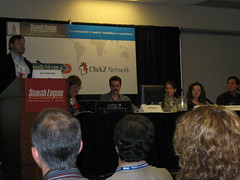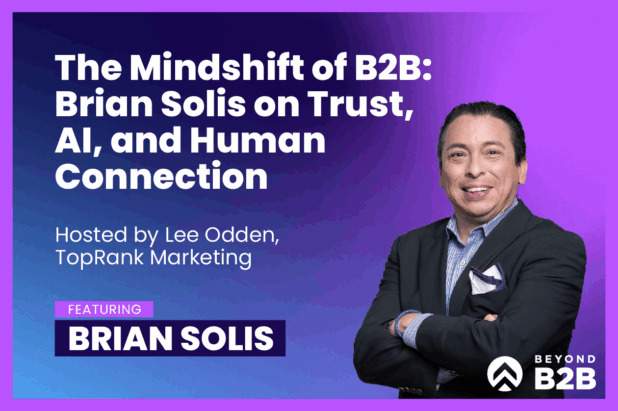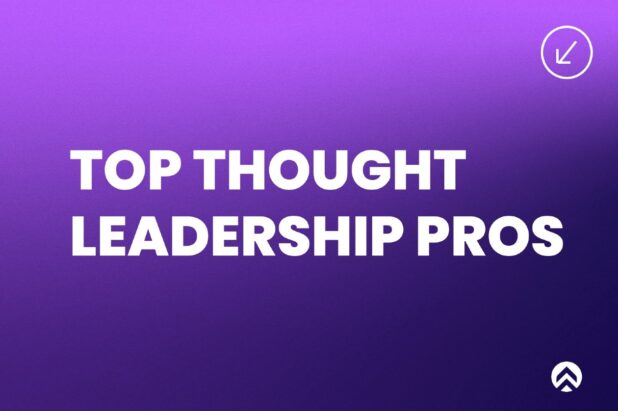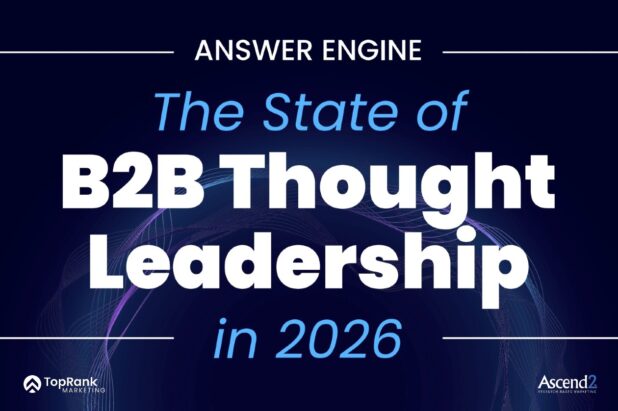By 2010, 70% of all content online will be developed by individuals, so claims iCrossing’s Adam Lavelle, articulated during the session “Actionable Social Media†today at SES Chicago.
The session, moderated by Anne Kennedy, included on its panel:
- Lavelle
- Todd Parsons, cofounder of Buzz Logic
- Jennifer Laycock, Editor in Chief of Search Engine Guide
- Tamera Kremer, Wildfire Strategic Marketing
- Steven Marder, CEO Eurekster
The panel’s discussion reviewed the most popular social media methods, tying everything back to the main notion that we humans, truly, are social animals. The web has evolved naturally, but a breakneck pace to support this type of behavior.
Everything from blogging, to image submissions, to social bookmarking facilitate our tendency to sort ourselves into likeminded communities, either by finding them or creating them.
As marketers, our existence has always depended on tapping into groups like these. So, as the title of today’s session was “actionable social mediaâ€, what is our action? How do we market? While it may seem to go against everything we believe or were taught, would you believe the answer is we don’t?
Social media’s power lies in that it exists as group of individuals created around common interest. Its drawback, at least as far as marketers goes, is that they are perfect to market to – but they simply do not want to be marketed to. And they can do far more about it than just change the channel.
Bloggers, for instance, will be just as apt to sniff out and expose a well-meaning marketer in their midst as they will a malicious spammer. This risk/reward quandary, combined with the newness of these methods, ensures that those trying to sell in this realm must exercise an extreme level of patience and restraint.
How best to do this? Branding.
Coca-Cola, for instance, has built its mindshare over the years using nearly every traditional marketing tactic available unto them. There exist very few individuals that Coca-Cola must “sell†to – rather, Coca-Cola must “brand†itself as the choice for their community.
Coca-Cola has built this up for over a century. While social media could speed up this process, it is still vital to realize that authentic brand building is its key strength, and even at today’s pace, this will take time.
So how do we begin?
- Think strategic – not tactical
Are you creating a Facebook profile because everyone else is, or will it truly help build your brand? If you’re unsure, take the time to decide before taking the time to build a profile. - Nothing will sell your product like a photo
At the same time, nothing will encourage a social group to buy into your product than letting them think the decision to buy was there’s alone. Submitting to Flickr is a powerful way to ensure images of your product burn into your prospects conscience and begin to slowly become a part of them. Ensure this slow burn is your objective, and the marketing benefits will follow. - Encourage natural behavior
Allow your prospects to comment on your site and focus on building natural, organic links. With both, you will receive the hidden benefits of honesty, including picking up on the language visitors use in their comments (valuable for keyword research, fyi) and the trust that comes with allowing an editorial forum. What better way to brand to a community than to help facilitate a community?
In strategizing for our clients, campaigns, and ourselves – we must always shadow our tendencies to quickly adapt to the latest tactics by putting ourselves into the mind of our prospects, and answering a question which has more weight and history for them than “How many sales will Facebook bring in?†has for us. That question is, “What’s In It For Me?â€
Check out more photos from SES Chicago!



